Instruction
Stickney: Do your golf shoes really matter?


One of the most overlooked aspects of your golf equipment is the shoes you wear, how they react, and what they will do to your swing to enhance it or detract from it while you play. There are a million different types of shoes — some have higher heels, others have flat soles, and the bottoms are all different sizes, shapes, and thus provide different interactions with the ground. It’s these interactions that help to power your golf swing and when they are maximized great things can happen but when you have a deficiency within these forces you will find that you are leaving distance and speed behind.
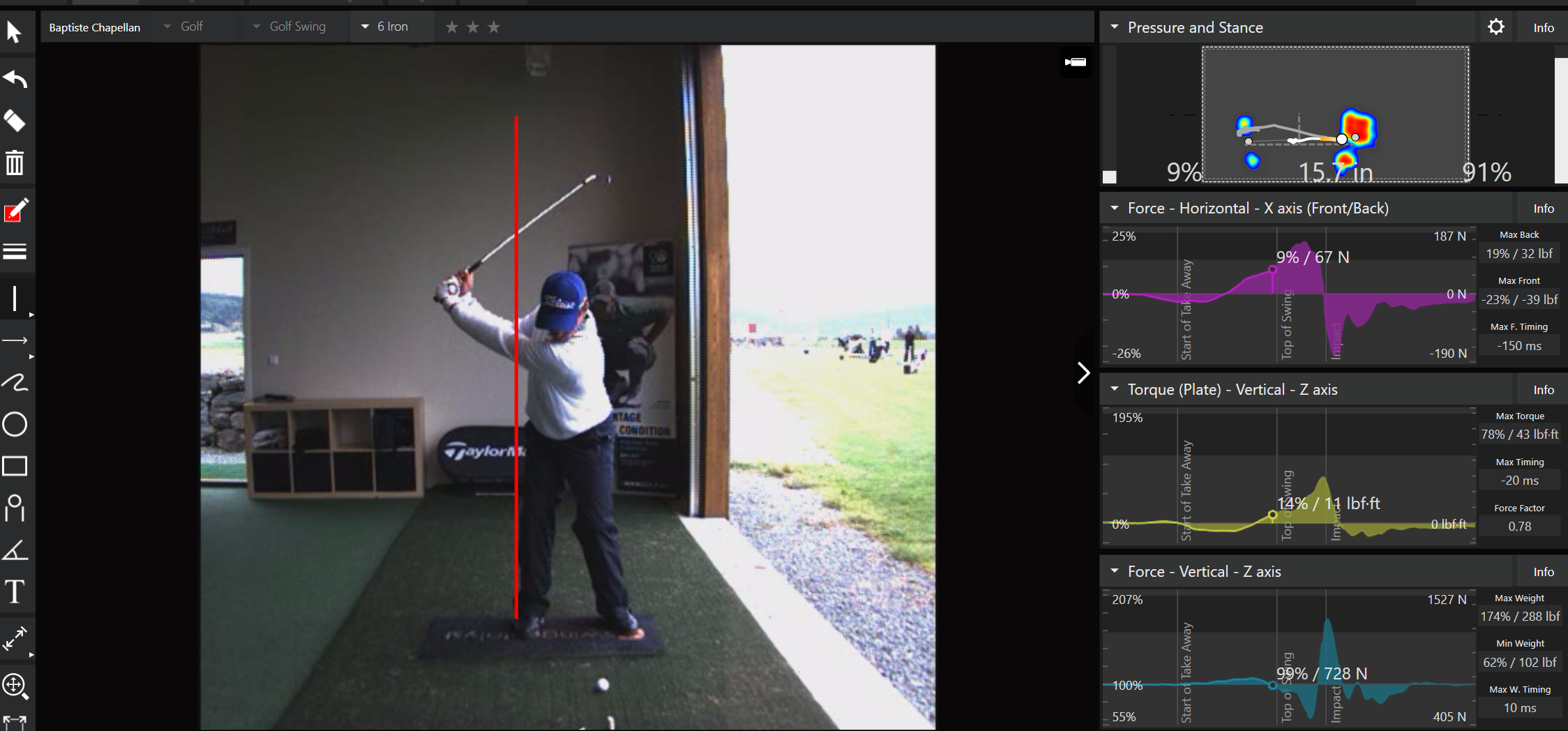
As we have now learned with systems like Swing Catalyst, people use these ground reaction forces in different ways. Some people are more horizontally driven, others use rotation to power the downswing, and some even use vertical force that makes them “jump up” at impact. The most common one that is used is side to side horizontal force. I don’t mean sliding back and forth exaggeratedly, but the simple aspect of loading your weight into your rear foot at the top and then moving or bumping your weight into your lead foot on the way down at the right time. It’s this side-to-side motion that most people understand yet have problems with daily.
One of the biggest issues in golf as it pertains to the backswing is the sliding of the rear knee out of its original position at address in route to the top. When this happens, players tend to move the pressure to the outside of their rear foot making it hard to “push off” of their rear foot transitional. When this happens, you will tend to leave too much residual weight on the rear foot during impact robbing them of power and solid contact.
As you can see this player below allows his rear knee to slide and this allows his weight to move too much to the outside of his rear foot at the top. This is shown by the grey dot on the rear foot in the second photo as it has slid to the rearward portion of the ball of the foot to the top.
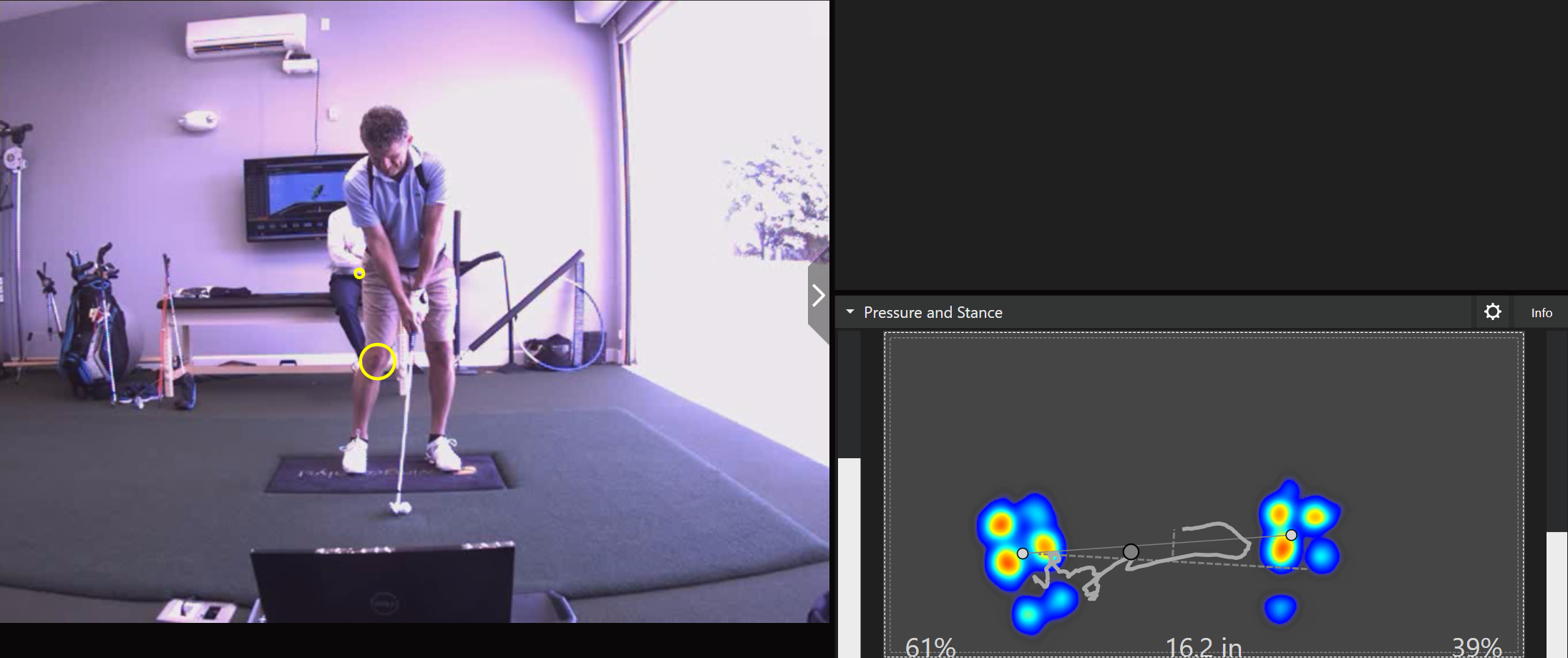

When this happens, you will find that the head will tend to fall backwards and the rear foot will tend to have too much residual pressure and you will remain “flat-footed” through impact making it easy to hit the ball fat and shorter thank you’d like.
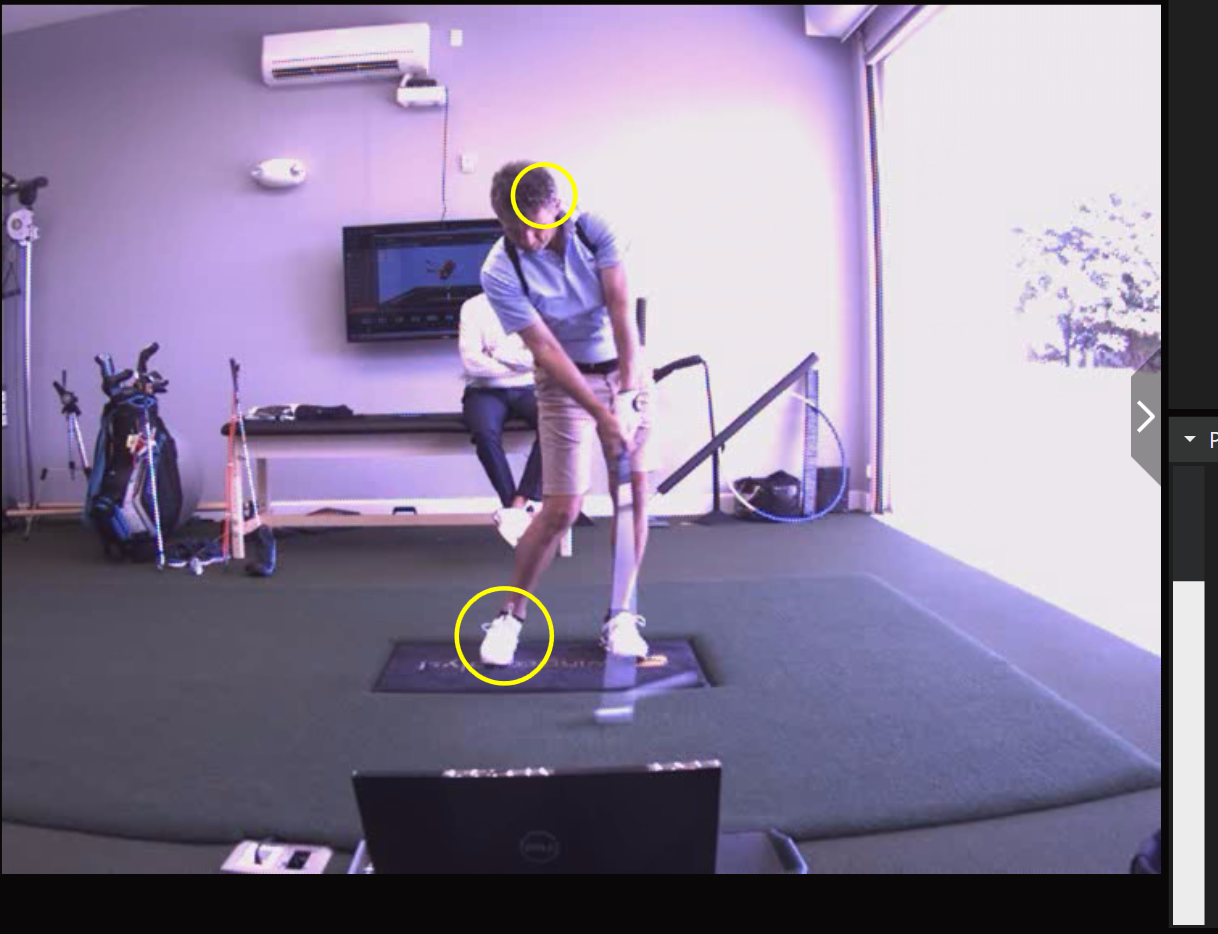
One of the things we noticed was the shoes that this player was wearing. They were the soft, tennis-shoe, type of golf shoes with narrow soles and mesh uppers. While these are great for comfort they are NOT the best for a player who tends to move side to side in the backswing or for a player whom uses horizontal force as their biggest asset!
What narrow sole soft shoes do not do is provide support to the upper-ankle and the soft upper places little resistance against the foot for any type of tactile feedback during the backswing. This tends to allow players to slide their rear knees and pressure too much laterally in the backswing causing a delayed “push off” of the rear foot and lagging back through the impact zone.
For players such as this, I would suggest the widest sole possible with a stiff upper that will provide support for the backswing. There are many products from shoe companies that provide this support, and I’ll leave these up to you to investigate your favorite brand.
Please stay away from the narrow front sole, soft tennis shoe type of footwear if you have this propensity in the swing. Try to find one of the other better suited products from the company that you like that will support your backswing. If you do, I promise you will find your stability increase, your pivot will improve, and your ball will be further down the fairway as a result.
Questions or comments? [email protected]
- LIKE22
- LEGIT3
- WOW2
- LOL0
- IDHT1
- FLOP1
- OB1
- SHANK7
Instruction
Kelley: How the concept of a punching motion can change your golf swing
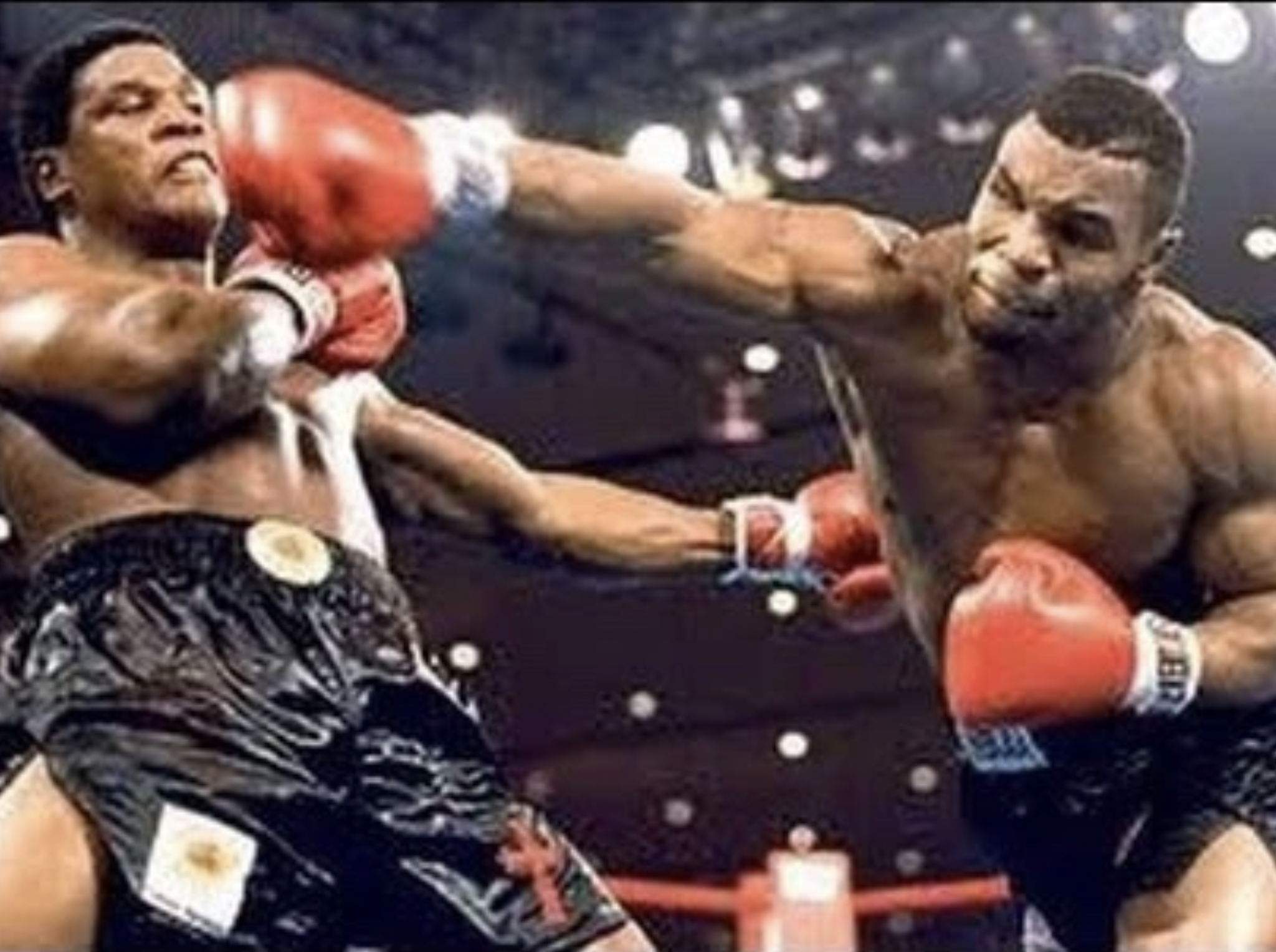
Ever wonder how a simple looking golf swing can produce so much speed and power? The answer may lie in the biomechanics of throwing a punch.
Below is an image of a boxer throwing a right handed hook. Note the direction the body moves to produce maximum force towards the target.
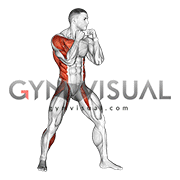
As the boxer pulls back his arm, there is not an excess wind-up or big turn to create power. His body is now geared to go forward and around into the opponent. His body would stay mostly level throughout the motion.
Now lets apply this simple concept to the golf swing. At address, the player would have his upper body and mass positioned behind the ball. In the picture below, note the green line indicting his mass back behind the blue baseline over the ball.
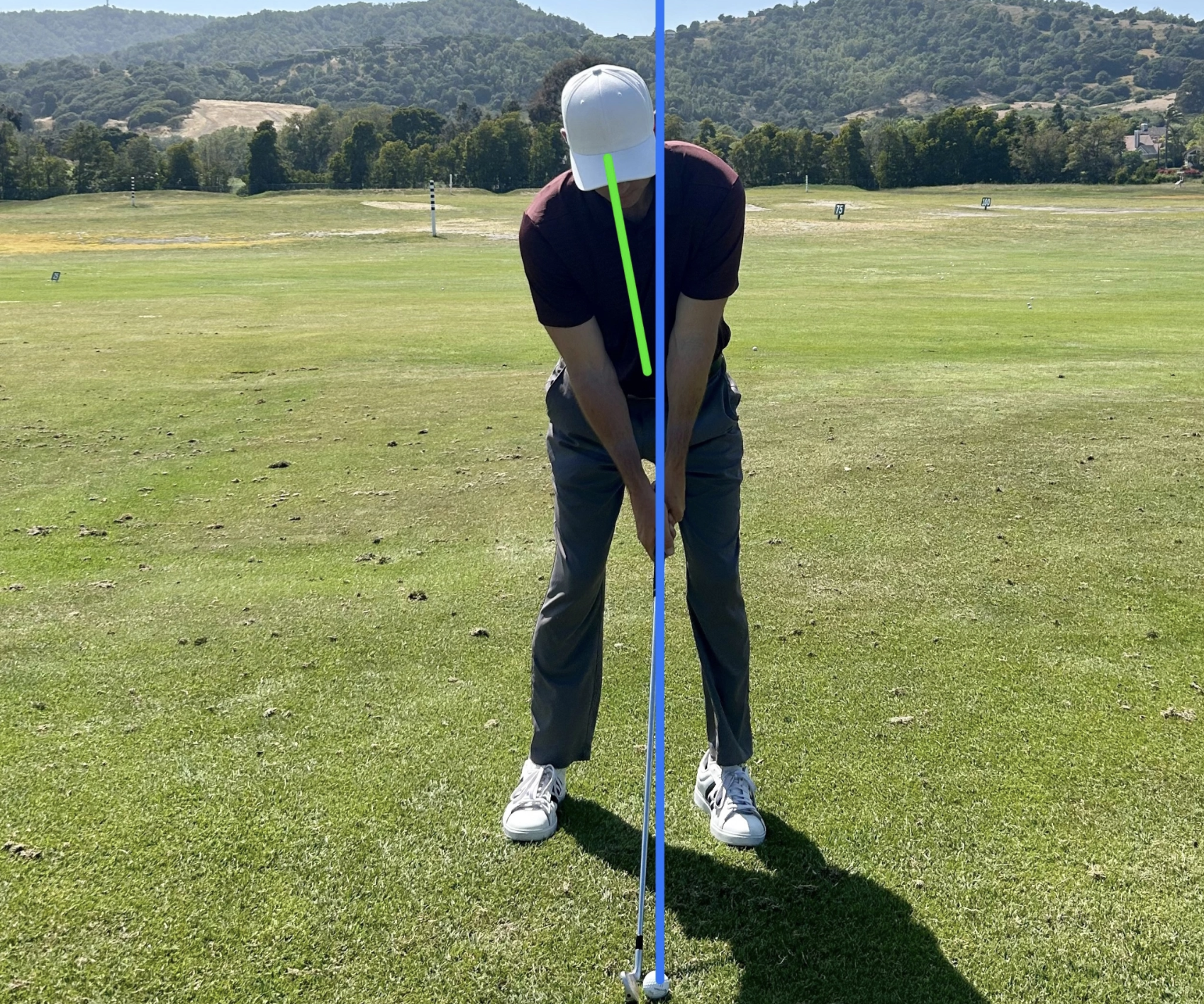
From here, the player can coil around his center, much like a boxer positioned ready to punch.

Now the body can go forward and around towards the target, pulled by the arms. Note the body finishing ahead of the blue baseline.

A body that has a lot of left side bend or “tilt” in the backswing, will naturally counterbalance in the downswing. This will often result with the upper body falling back in the downswing. (Pictured below)
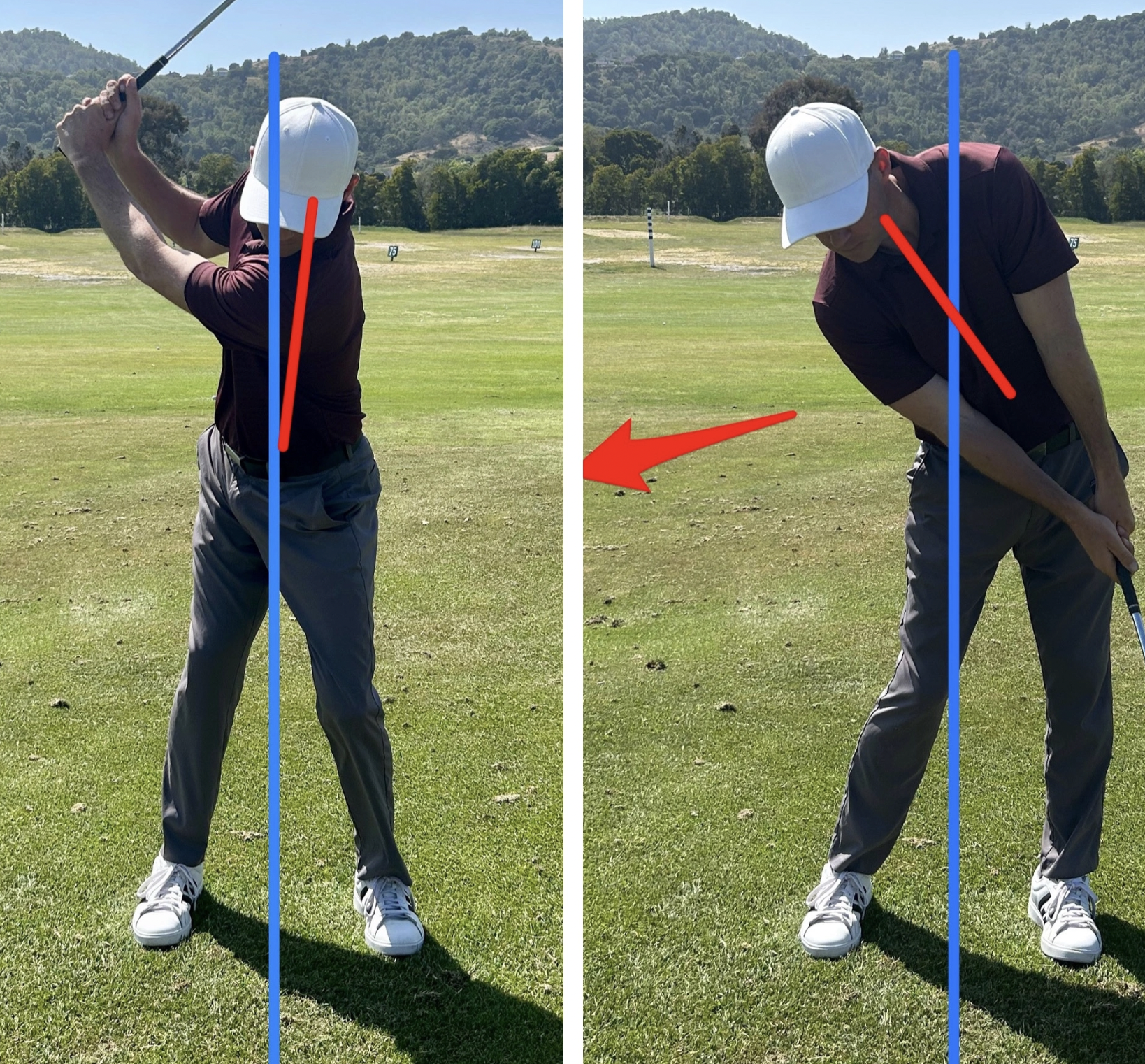
The pattern above would equivalent to attempting to punch forward with your arm while your body is moving backwards. Next time you are looking to make a swing change, first check the movement of your body, and see if it is as simple as boxer throwing a powerful punch.
Twitter: KKelley_golf
- LIKE23
- LEGIT7
- WOW0
- LOL0
- IDHT2
- FLOP0
- OB0
- SHANK7
Instruction
How to set up to the golf ball: Why grip, grip pressure, and posture are crucial
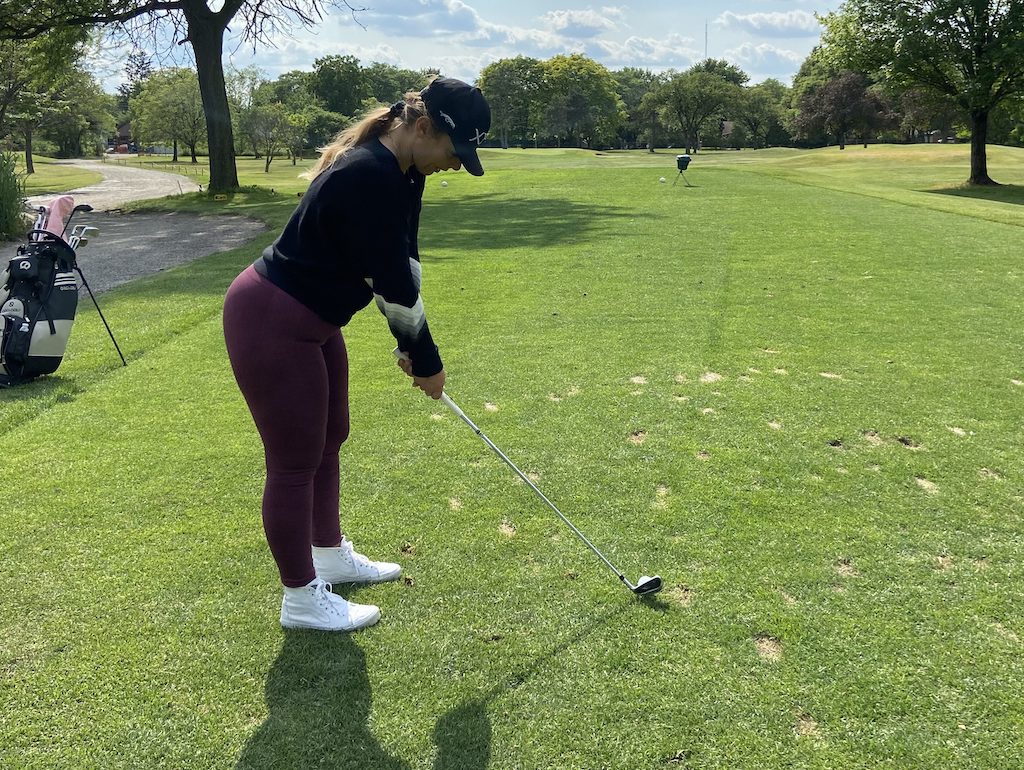
When we are playing a round or hitting balls on the range over a long period of time, we tend to grip the club tighter, stand up, and quickly lose the ability to maintain posture during the golf swing.
As players, with the spine angle out of posture, we overcompensate in many ways. The first thing that many players do poorly, as a result of poor posture, is grip tighter and stiffen the arms. These are the two biggest culprits that will inhibit consistency and any innate ability to set up well and brush the grass. Gripping tighter also leads to poor use of the body’s bigger muscles ie. the core. The spine angle in good posture will activate the core regions and enhance the body’s ability to coil, thus allowing the transfer of weight from the trail to the lead side.
In the quest to better ball striking, our first priority is understanding the importance of grip strength and grip pressure. Our second priority is posture and always initiating the proper spine angle by bowing forward from the hip (pelvic tilt) and letting the arms hang. After positioning the spine angle, check the body’s alignment )ie. shoulders, hips, knees, and feet) by positioning them parallel to the target line. This process composes the beloved and all-important set up.
How to set up to the golf ball: The basics
Our ability to set up and control grip pressure is the source of our ability to play well and consistently over time.


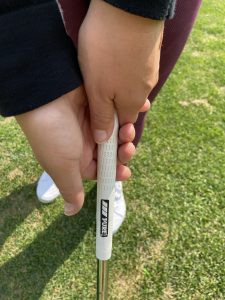
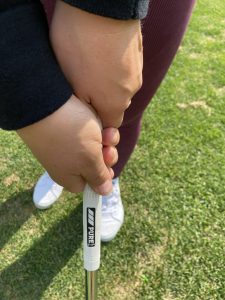
The first essential step is setting the grip in the lead hand
The main pressure points to focus on in gripping with the lead hand are, first and foremost, in the initial placement of the club’s grip in the fingers and allowing the top of the grip to rest on the palms pad. The first pressure point is in the lead pointer finger behind the shaft and the second pressure point is when we let the club rest on the palm’s pad. The lead thumb is the third pressure point. Proper grip strength is determined by trial and error swings.
As we grip the club in the trail hand, it is important to grip lightly and in the fingers with the right thumb pad placed on top the left side of the grip. For reference, there are markings on all golf gloves to help each player understand where their grip should be placed.
The essential second step is bowing from the hips to create the spine angle
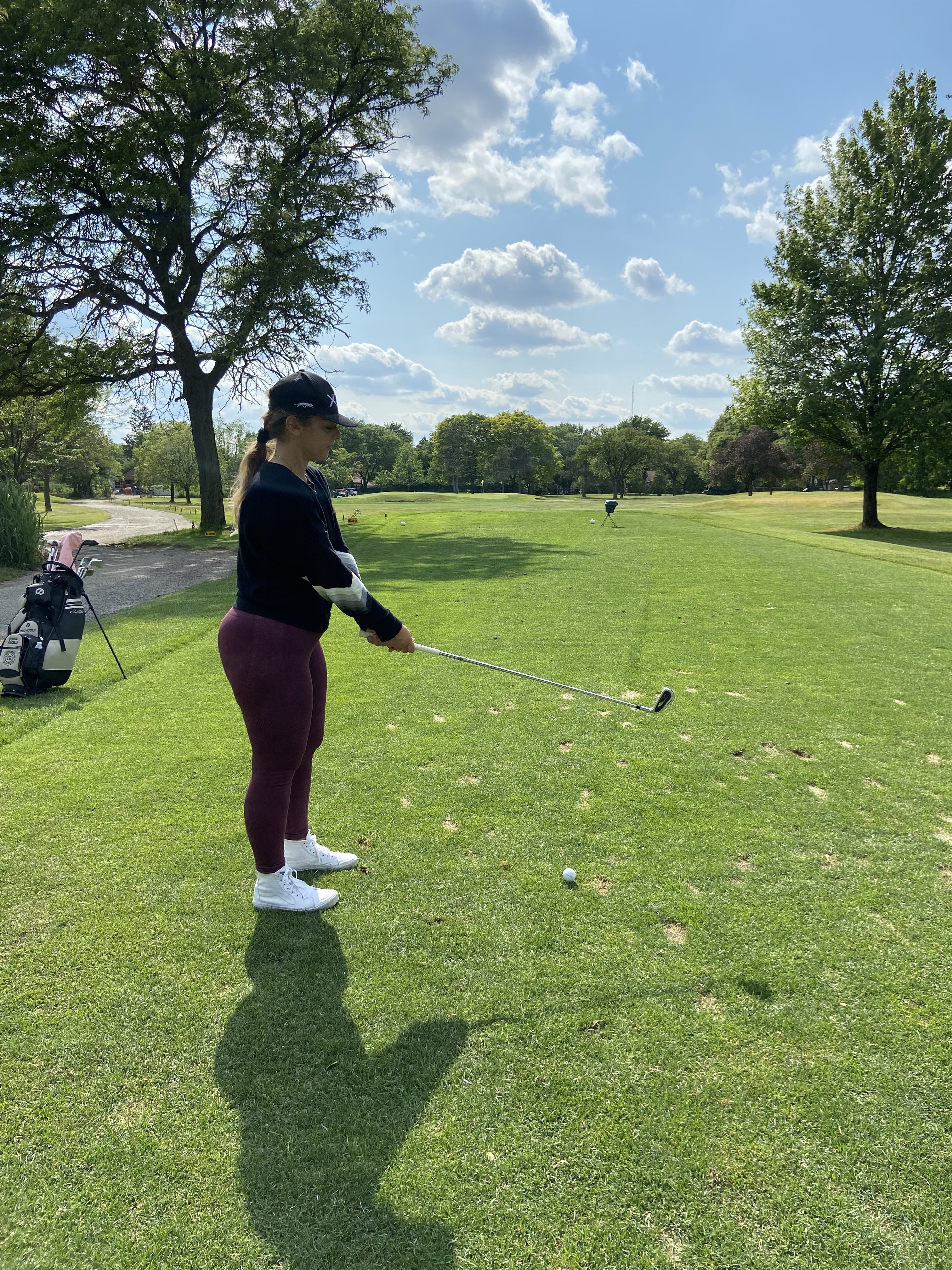

As we bow, the focus is to aim the leading edge perpendicular to the target line. Looking at the first groove of the club (if it is an iron) can help the eyes focus on this step. A lot of mistakes happen when our eyes start looking around while we do this instead of focusing on an intermediate target and using our eyes to line up the leading edge to that point. Being thoughtful in this process is key and just try to make sure the club isn’t wiggling around.
In the bow, with our shoulders just over the toes, we can see if the club is resting in good relationship to the body. Understanding the distance our body should be to the club is huge. This alone can make or break our ability to strike the ball well. Keeping one hand width from our body to the club is a general rule of thumb throughout the entire bag. The space in which we stand to the club shouldn’t change. What changes is the length of the club in our hands.
These components culminate the very first steps we take to hit a shot. This is the essence of set up, which generates our best chances to develop consistent shot patterns to the target. As a result of properly managing these components, we can begin to maintain accuracy and easily repeat our movement patterns to get the ball close to the target. We can also begin to self-correct our misses if we are accountable with these steps.
Foot width and ball position
Lastly, in the set up we step our feet to the ball’s position and generally maintain a stance that is approximately shoulder width. After gripping and bowing the next thing a player needs to do is step to the ball position. This will impact the club’s ability to generate loft, also depending on the chosen club. Generally, a driver ball position is forward in the stance. The mid-iron ball position is mid stance and most full-swing wedges are played just back of center with a more narrow stance. Taking the time to better understand the components of set up and ball position will generate 100 percent of our success to better ball striking.
A final word
Take some videos of yourself and look at the body from head to toe. Is your setup in a ‘Z’ or ‘S’ formation? Where is your weight in your shoes? Heels, mid-shoe, or toes? Does your setup look like an ‘H’or ‘C’? Is your weight too far in the heels or toes? In my experience, it is easier to maintain posture in the golf swing and overall athleticism by keeping the stance’s pressure points more forward in the mid-shoe to the toes. This enhances the pelvic tilt and the arms’ ability to hang. Therefore, posture throughout the swing improves and we are less likely to grip so tight.
Any questions? Book a lesson with LPGA instructor Donna Fiscelli through her booking site.
- LIKE37
- LEGIT8
- WOW2
- LOL1
- IDHT0
- FLOP0
- OB0
- SHANK8
Instruction
Clement: Snap that driver for 300-yard drives!

PGA Tour Coach and Golf Channel Academy instructor, Shawn Clement, shows you how insanely adapt your arm anatomy is to get consistent releases when you allow it to happen in the direction you want the ball to start!
- LIKE4
- LEGIT1
- WOW0
- LOL1
- IDHT0
- FLOP1
- OB1
- SHANK7
-

 19th Hole2 weeks ago
19th Hole2 weeks agoTiger Woods delivered stinging message to major winner after denying him lift on private jet
-
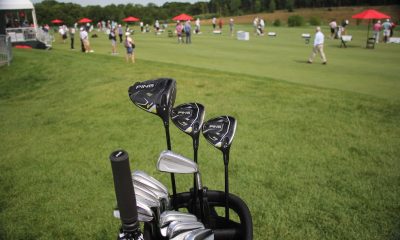
 Whats in the Bag2 weeks ago
Whats in the Bag2 weeks agoSeamus Power WITB 2023 (June)
-

 Whats in the Bag3 weeks ago
Whats in the Bag3 weeks agoOmar Morales WITB 2023 (June)
-

 Whats in the Bag3 weeks ago
Whats in the Bag3 weeks agoBlayne Barber WITB 2023 (June)
-

 Whats in the Bag3 weeks ago
Whats in the Bag3 weeks agoBen Carr WITB 2023 (June)
-
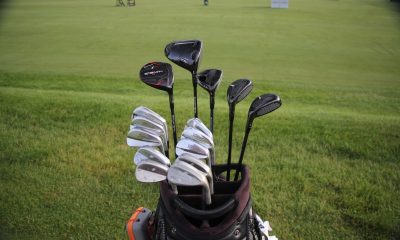
 Whats in the Bag2 weeks ago
Whats in the Bag2 weeks agoTom Hoge WITB 2023 (June)
-

 19th Hole3 weeks ago
19th Hole3 weeks agoJournalist alleges this is the ‘unforgivable’ act Phil Mickelson committed against Pat Perez and his wife
-
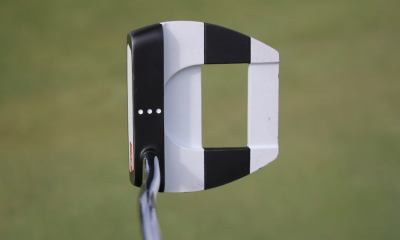
 News2 weeks ago
News2 weeks agoKeegan Bradley’s winning WITB: 2023 Travelers Championship













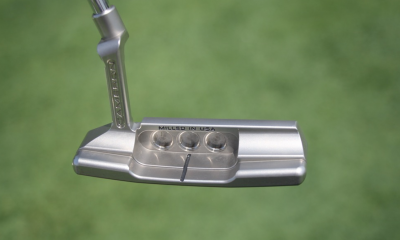

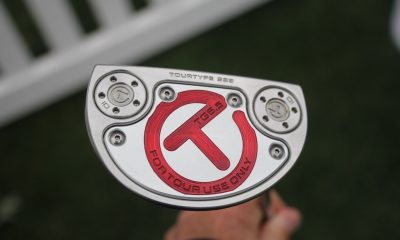

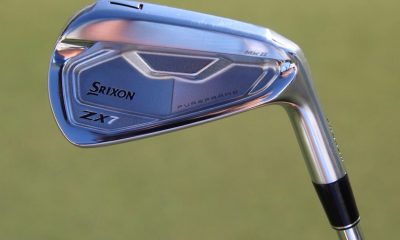

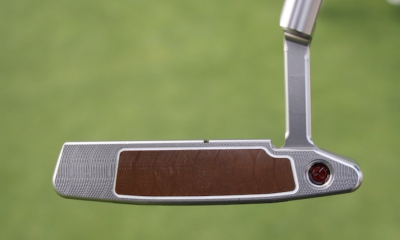

Ccshop
Apr 8, 2022 at 5:48 pm
Your connection to the ground is in your shoes. Time to start treating it like the other equipment we get fit for and make sure your in the proper style. Glad finally someone came out with an article about it. Completely understandable that a casual golfer might not care and go for style, but competitive golfers should definitely consider shoes as part of their equipment.